Late Neolithic Italians Mastered Complex Metal Technologies – New Study
Conny Waters – MessageToEagle.com – A new study reveals that late Neolithic Italians mastered much more complex metal technologies than previously thought.
Scientists from Italy and the United Kingdom say that during the 4th and 3rd millennia BC, Italy was home to complex networks of metalwork exchange. However, relatively little is known about metalwork exchange across the country, especially south of the Alps.
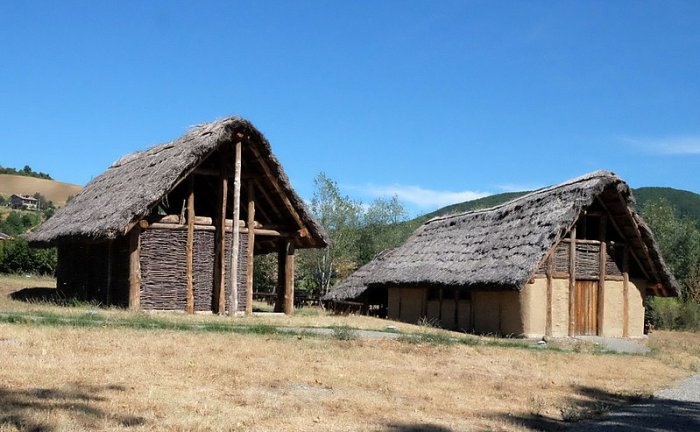
Reconstruction of the Neolithic village of Travo, Italy. Credit: Giuale, CC BY-SA 4.0
Scientists are now attempting to understand how commonly and how widely copper was imported and exchanged throughout Late Neolithic (Copper Age) Italy.
The researchers conducted an analysis of 20 copper items, including axe-heads, halberds, and daggers, from central Italy dating to the Copper Age, between 3600 and 2200 BC.
Comparing archaeological data and chemical signatures of these items to nearby sources of copper ore, as well as to other prehistoric sites, they were able to determine that most of the examined objects were cast from copper mined in Tuscany, with the rest sourced from the western Alps and possibly the French Midi.
See also:
Copper: First Metal Used By Ancient Man More Than 10,000 Years Ago
Troublesome Ancient History Of Forks Started In Tuscany, Italy In 11th Century
‘Altar Of Twelve Gods’ At Gabii, Italy Was Once An Important Ancient Place
These results not only confirm the importance of the Tuscan region as a source of copper for Copper Age communities in Italy, reaching as far as the Tyrolean area home of the Alpine Iceman, but also reveal the unexpected finding that non-Tuscan copper was a significant import to the region at this time. These data contribute to a growing picture of multiple independent networks of Copper Age metal exchange in the Alps and neighboring regions.
According to the study conducted by Andrea Dolfini of Newcastle University (UK), and Gilberto Artioli and Ivana Angelini of the University of Padova (Italy), more research must be carried out to uncover other early sources of copper, as well as more details of the interactions between these early trade networks.
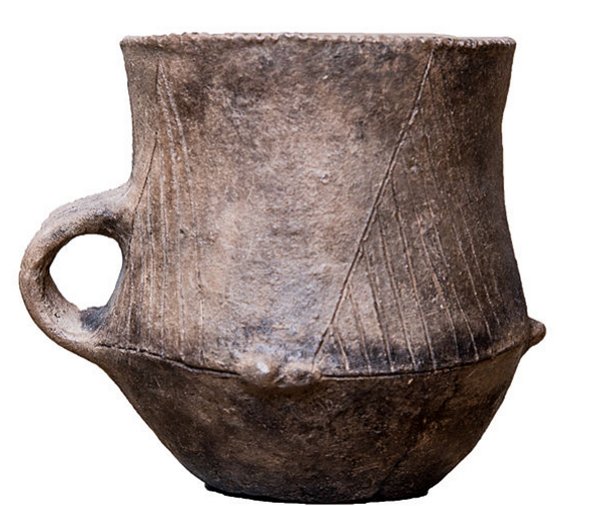
Credit: Public Domain
“The first systematic application of lead isotope analysis (a geological sourcing technique) to Copper Age metal objects from central Italy, 3600-2200 BC, has shed new light on the provenance of the copper used to cast them.
See also: More Archaeology News
The research has revealed that, while some of the copper was sourced from the rich ore deposits of Tuscany, as was expected, some is from further afield. This unforeseen discovery demonstrates that far-reaching metal exchange networks were in operation in prehistoric Europe over a thousand years before the Bronze Age,” authors write in their science paper.
Written by Conny Waters – MessageToEagle.com – AncientPages.com Staff Writer
Related Posts
-
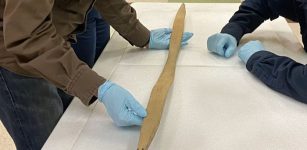 Still Intact 460-Year-Old Bow Found Underwater In Alaska Baffles Scientists – Where Did It Come From?
No Comments | Mar 19, 2022
Still Intact 460-Year-Old Bow Found Underwater In Alaska Baffles Scientists – Where Did It Come From?
No Comments | Mar 19, 2022 -
 Modern-Day Scottish, Welsh And Northern Irish People Have Pictish Ancestry – New Study
No Comments | Apr 28, 2023
Modern-Day Scottish, Welsh And Northern Irish People Have Pictish Ancestry – New Study
No Comments | Apr 28, 2023 -
 Lost Maya City Hidden In The Volcanic Lake Atitlán Explored By Underwater Archaeologists
No Comments | May 4, 2022
Lost Maya City Hidden In The Volcanic Lake Atitlán Explored By Underwater Archaeologists
No Comments | May 4, 2022 -
 DNA Study Reveals How Europe’s Hunter-Gatherers Adapted To A New Way Of Life – Farming
No Comments | Nov 24, 2015
DNA Study Reveals How Europe’s Hunter-Gatherers Adapted To A New Way Of Life – Farming
No Comments | Nov 24, 2015 -
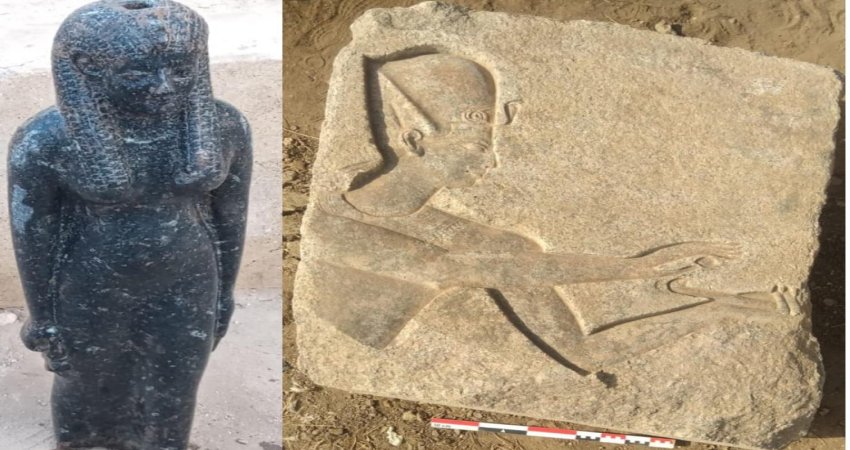 Artifacts Unearthed In Mit-Rahina, South Of Giza, Egypt
No Comments | Jul 29, 2020
Artifacts Unearthed In Mit-Rahina, South Of Giza, Egypt
No Comments | Jul 29, 2020 -
 How Is DNA Preserved In Archaeological Sediments For Thousands Of Years
No Comments | Jan 3, 2022
How Is DNA Preserved In Archaeological Sediments For Thousands Of Years
No Comments | Jan 3, 2022 -
 Mystery Of Merit Ptah And The Unknown Identity Of Peseshet Who History Forgot
No Comments | Jan 9, 2020
Mystery Of Merit Ptah And The Unknown Identity Of Peseshet Who History Forgot
No Comments | Jan 9, 2020 -
 Why Was Constantinople Called New Rome?
No Comments | Mar 9, 2020
Why Was Constantinople Called New Rome?
No Comments | Mar 9, 2020 -
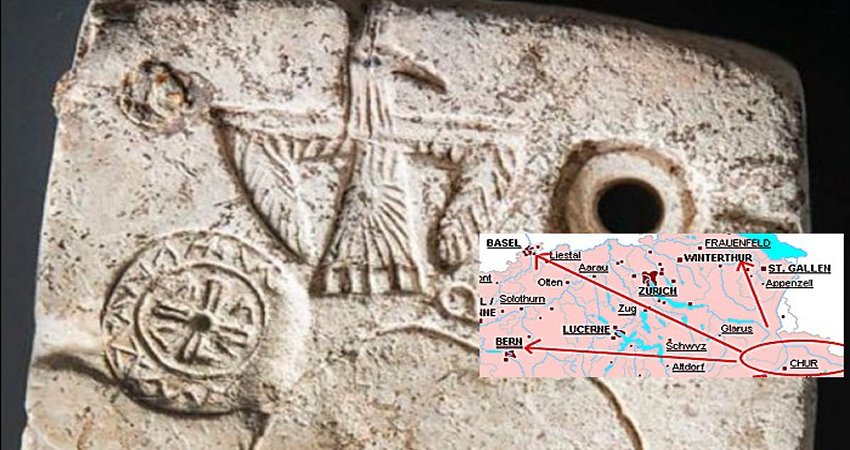 1,000-Year-Old Multi-Shaped, Double-Sided Mold For Jewelry Found In Swiss City Of Chur
No Comments | Jul 26, 2020
1,000-Year-Old Multi-Shaped, Double-Sided Mold For Jewelry Found In Swiss City Of Chur
No Comments | Jul 26, 2020 -
 Anartes: Forgotten Celtic Tribe And The Hercynian Forest With Strange Animals
No Comments | Jun 18, 2024
Anartes: Forgotten Celtic Tribe And The Hercynian Forest With Strange Animals
No Comments | Jun 18, 2024
